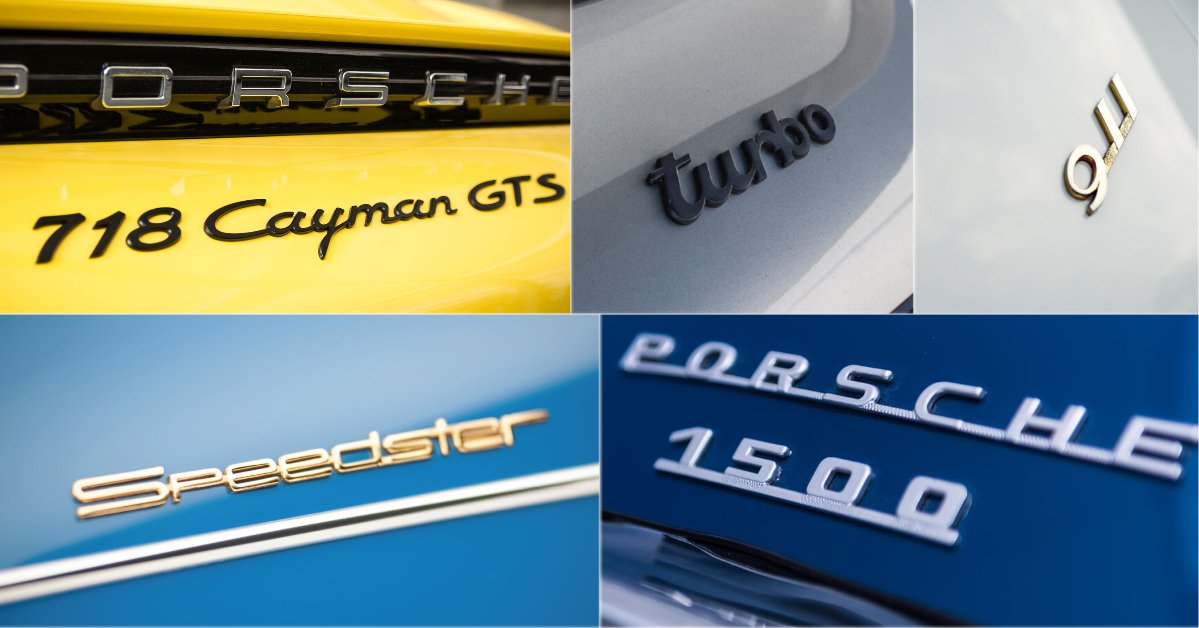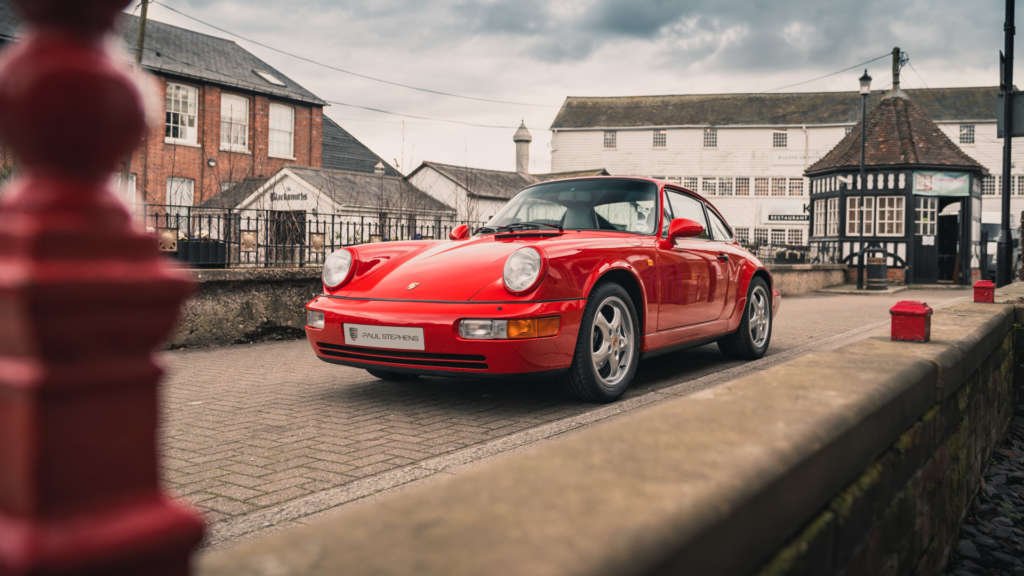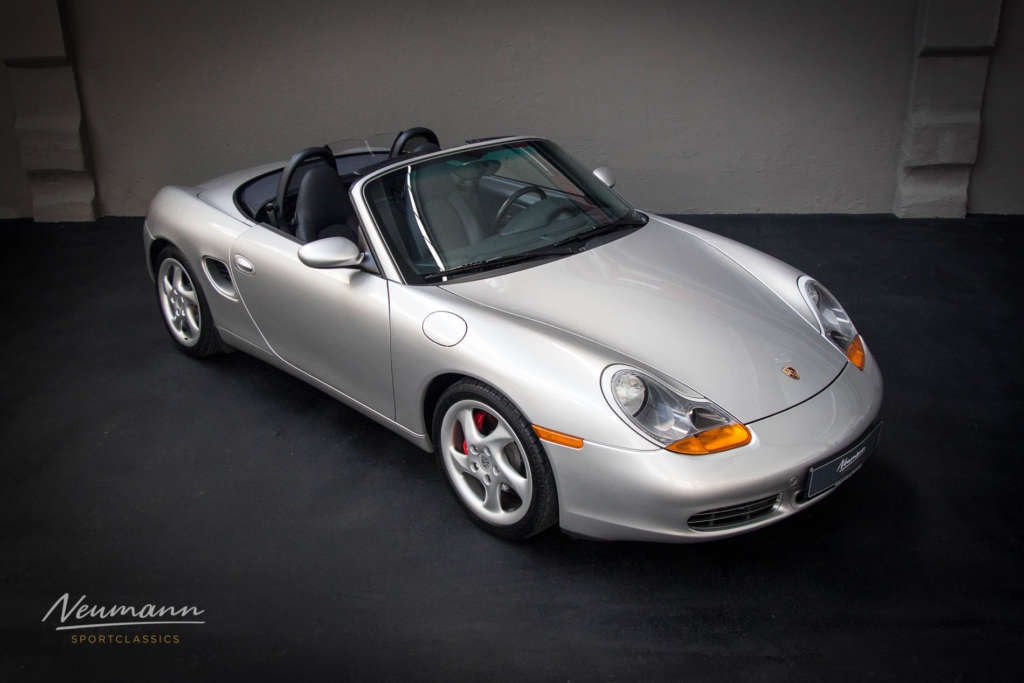
Not all Porsche 911s are Porsche 911s and not every 987 is a Cayman. Every Porsche model has its own internal code, or number. It’s easy to get a bit confused by all the numbers like 911, 959, 964, 993, 991 and so on. So today, we want to give you a brief introduction into the Porsche-Code.
Porsche’s internal counting started back in 1931. At that time, Porsche wasn’t a car maker, but the design office Dr. Ing. h. c. F. Porsche, owned by Ferdinand Porsche. At that time, every order got its unique number. Order number 7 for example, was a sedan for a company called Wanderer. A very prominent historic relic was Nummber 22: the Auto Union race car. The original Volkswagen was order number 60. As you can see, numbers rose pretty quickly, as every order, may it be an engine, a car, an axle or a tractor got its own one.
© RSC Automobile, Classic Car Service Restorations & Motorlegenden by Michael Schnabl
It was not until 1948, Porsche started building their own cars. That was the year of birth for the Porsche 356. Presented in June, the 356 was the first car ever to wear the name Porsche. It was updated over the years and its designation was accompanied by the letters A, B and C. To make very clear, what car was standing in front of you, Porsche often used the cars engine capacity for the model name, e.g. Porsche 356 A 1600 Speedster. At that time, the name of an engine appeared on some special models – it was the name of the Fuhrmann engine, which was called Carrera. That led to the Porsche 356 Carrera 1600 GT.
Thanks to their commercial success with the 356, Porsche’s order books filled up pretty quickly. Only five years after their first production car, Porsche presented a car with the last name “Spyder”. It was so cool, even James Dean couldn’t resist buying one. It already had number 550, so Porsche nearly filled 200 ordner numbers between the two.
For the next model though, the Porsche-Code changed drastically. An interesting side note: Porsche changed their nomenclature because of Volkswagen. Porsche already had a cooperation with the Wolfsburg company in mind, so they wanted to choose model codes, which were compatible with Volkswagens’. As their 900 range was still available, Porsche chose them for future cars.
Porsche already had a successor to the 356 in place, which should have been called 901 and offered a six-cylinder boxer engine. They already planned a four-pot, called 902 to complement the 901. At the Frankfurt motor show IAA in 1963, the 901 was presented to the public and was an instant hit. Shortly afterwards, production for the customer cars started.
But there was one thing, Porsche didn’t foresee – Peugeot’s lawyers. Since 1929, the french car maker used three digit numbers with a zero in the middle for their models. In France, they enjoyed protection by law for that typing. As Porsche wanted to sell their cars with the same name worldwide, they had to rethink the model name. As usual, they chose a pretty pragmatic approach and changed the model name into Porsche 911. Why? Porsche already had three digits for the emblems and the prospects available: 9, 0 and 1. So they chose to replace the 0 with the 1. The rest of it is history…
At some point, the 900 numbers ran short as well, so Porsche had to alter the code again.
At first, Porsche decided not to change the internal model code for the Porsche 911. The engineers called the 911’s evolutions A-, B-, C- and so on series. This was the Porsche-Code for the next ten years, until the first major update in 1973, which led to the G-Series Porsche 911. Special models in the range still got their own unique number. The most prominent example is the Porsche 930, or 911 Turbo.
Numerous models followed within the 900 nomenclature. A very light and nimble mid-engined sports car with the 914 and the transaxle models with four- and eight-cylinder engines (924 and 928). This typical three digit number, beginning with a nine quickly became a Porsche trademark. Whoever reads about 964 or 928, immediately recognizes it as a name of a Zuffenhausen sports car.
In 1988, the first completely redesigned Porsche 911 was presented. Internally, it was called the 964 and marked a significant change in the Porsche-Code as well. From then on, Porsche used their own code a bit more liberally. Following the 964, in 1993 the last aircooled Porsche saw the light of the day – the Porsche 993. In the transaxle department, the 968 joined the party.

In the mid-90’s, the very first Porsche Boxster was introduced. Its internal code? 986. Shortly afterwards, the first watercooled 911 entered the competition and was called 996. The following 911s were called 997 and 991, with the most recent model being called 992. So the tradition of the three-digit numbers is continued, even though not as stringent as 60 years ago. Today, only Porsche’s sports cars wear numbers as model names. All four-door models wear real names.
© Selected Car Investment & House of Cars Belgium
In order to meet this credo, when changing the Boxster/Cayman platform from six- to four-cylinder engines, Porsche used the name 718 again. This number was used for a very successful hillclimb racer, called 718K, back in the days. The four-door cars wear names like Panamera, Macan, Taycan and so on. In 2020, there are three different sports cars in Porsche’s range: The 718 Boxster, 718 Cayman (internally called 982) and the Porsche 911, with its internal code 992.

© Oliver Neumann SportClassics
Elferspot magazine